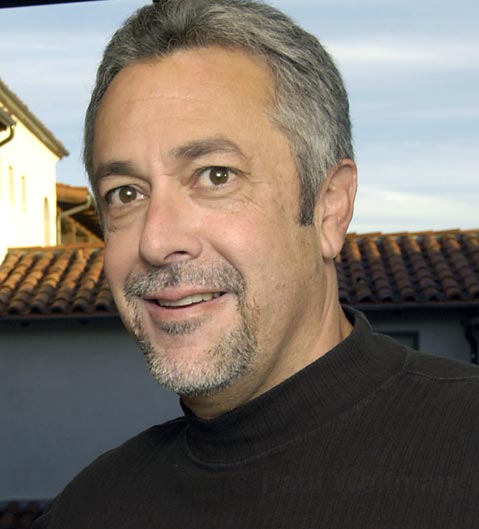City Woos and Wins West Downtown Activists
Pearson, Schneider Reassure Neighbors About New Housing Authority Development
Santa Barbara has come a long way since the early 1900s, when-according to Rob Pearson, executive director of the City Housing Authority-a homeless settlement existed on the site of the current zoo, complete with its own scraped-together government.
Pearson was presenting to a group of West Downtown representatives the Housing Authority’s plans for a vacant lot at 512 Bath St., an apartment complex that represents the latest push in its campaign to provide housing for low income, homeless, elderly, and special needs residents. Summing up the Housing Authority’s point of view very early in the March 5 meeting, Pearson said, “We can never build enough housing for the poor.”
Among the small group attending the meeting were Sharon Byrne, Tony Vassallo, and Christine Pizarro-organizers of the West Downtown protest in late February against violence in their neighborhood-and City Councilmember Helene Schneider. The residents of West Downtown have recently become very vocal in expressing their dismay over the state of their area, including their belief that more homeless shelters and rehab facilities in their neighborhood would negatively affect their safety. “We need to raise the neighborhood,” said Vassallo, prompting a murmur of support from others, “because it’s on the tipping point.”

Pearson met the concerns of the neighbors with countless slides of existing Housing Authority apartment complexes as he made his case as if on trial, explaining to the neighbors that as nearly as important as providing housing itself is the Authority’s mission to provide the self-esteem and support services necessary to make those who have lost their way able to once again live within society. The Housing Authority gives preference, in its apartments, to those with jobs, and has a tradition of providing in-house help for all those with addiction or mental health problems.
The Bath Street project is planned as a graduation step for those who have proven their ability to reintegrate into the community at some of the other Housing Authority complexes, such as El Carrillo. The Housing Authority is trying to reach a balance of residents such that one third are seniors, one third are downtown workers, and one third have special needs. It is the latter third who raise concern among neighbors.
Councilmember Helene Schneider addressed the neighbors’ fears. “These special needs folks are screened heavily, and they will want safe, secure neighborhoods,” she said, expressing her faith that the new development would not bring in an unsavory element. Schneider then assured residents they would continue to have input into the situation, saying, “Hold us accountable.”
A young couple living downtown spoke up in support of the Housing Authority’s goals, defending those who would be classified as having special needs and saying that just because people may need help, that doesn’t make them dangerous.
As the history of each Housing Authority development, and its successful work in the community, passed by on the slide projector, the knit brows of the attendees began to relax.
“I’m almost certain I’m going to support this project,” said West Downtown resident Steve Johnson, adding that he only hoped the concerns of the neighbors will continue to be addressed. When the presentation drew to a close, Pizzaro thanked the Housing Authority on behalf of the whole neighborhood, noting that it could easily have gone on with its project without any community involvement.
Pearson reminded those present that Santa Barbara has been nationally congratulated by many other counties and states as having the most beautiful and functional public housing program in the country. He showed the neighbors changes that had already been made to the project based on their early input, and asked them to continue providing feedback. In closing, he reminded all those present: “If we’re going to end homelessness, it’s going to take a house.”



